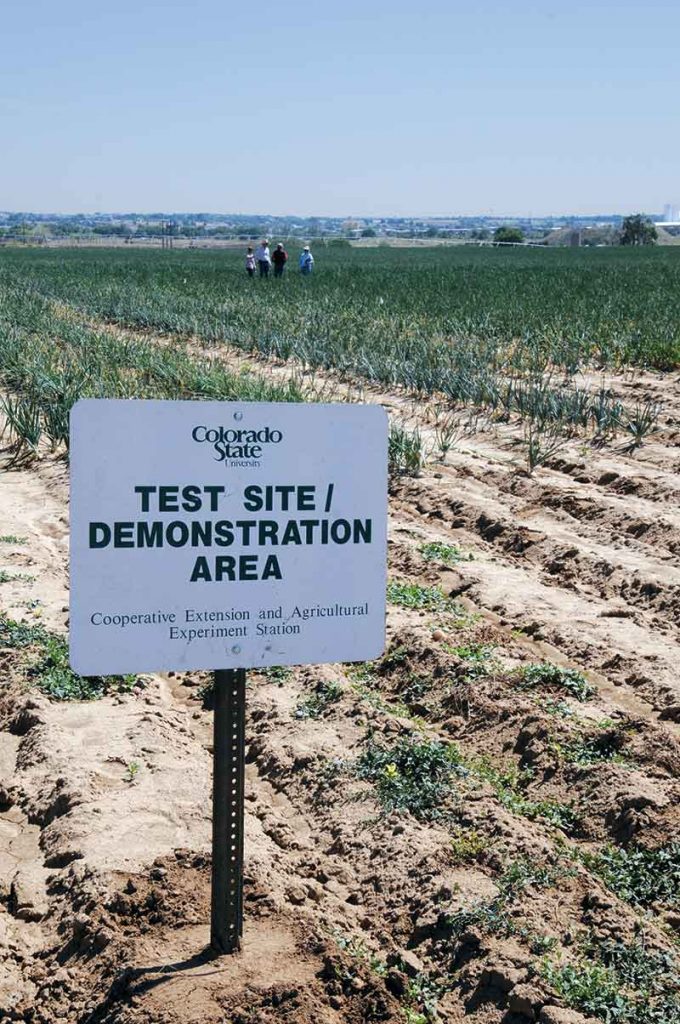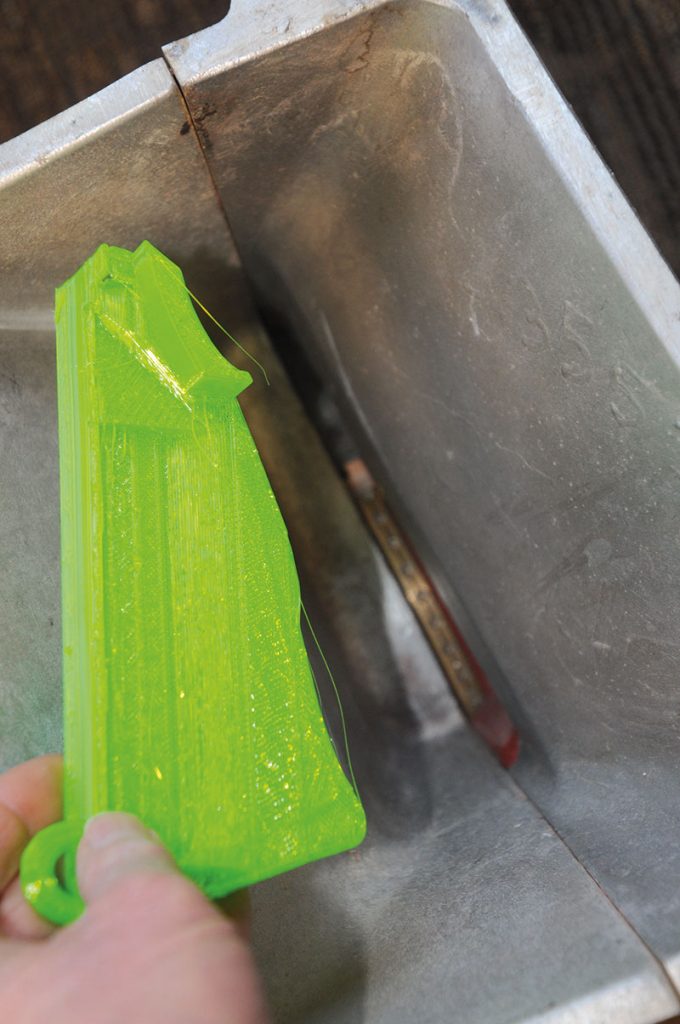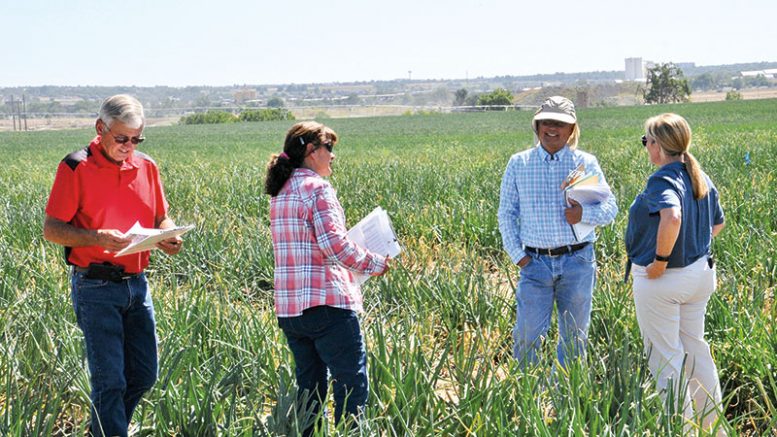Story and photos courtesy Thad Gourd, Colorado State University
The latest efforts to keep the Allium leafminer from disrupting the healthy trade of onions, along with the use of 3-D printing to help improve onion research were among the topics of discussion at the Northern Colorado Variety Field Day on Sept. 5.

Allium Leafminer
René Hardwick, National Onion Association (NOA) director of public and industry relations, shared an update on the Allium leafminer emergence in the U.S. and the NOA’s efforts to help protect the industry from the pest. The NOA is trying to ensure onion-growing states work with their state departments of agriculture to apply for recognition in the Federally Recognized State Managed Phytosanitary Program. This program ensures that allium shipments at ports bound for the states are free of the invasive pest.
California has a quarantine and has received recognition in the program, which means port inspectors are actively searching for the presence of Allium leafminer. Any alliums coming into the state will be turned away if the leafminer is present. Oregon and Georgia also are in the process of applying for this designation.
Research Tools
Colorado State University (CSU) Extension staff showed off a customized planter box device they created on a 3-D printer to improve the efficiency of planting onions in research plots. Because the supply of onion seed for research purposes can be limited, the CSU researchers designed the device to channel onion seed directly over the planter loading seed ring so that fewer onion seeds are needed to plant research plots. The seed box wedge is also easy to remove so the planter box can be cleaned before planting the next variety. The device greatly sped up the process of planting this year’s CSU onion cultivar trial. The trial included 39 varieties, which were evaluated on various parameters including emergence, thrips, maturity date, pink root, Fusarium and Iris yellow spot virus.


